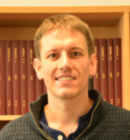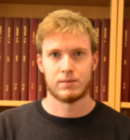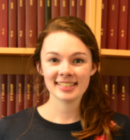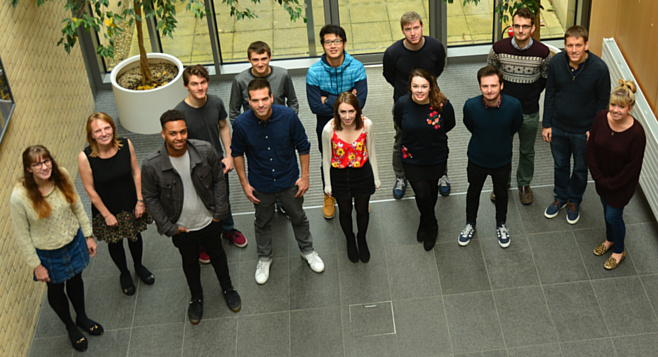October 2017 brought 11 fresh faces to form SAMBa’s fourth cohort, plus 7 SAMBa-aligned PhD students. Cohort 2’s Ben Robinson and cohort 3’s Tom Pennington, known respectively as the Michael Parkinson and Jeremy Paxman of SAMBa, travelled to the first floor of 4W to conduct gruelling interviews with a few of them. Why did they choose SAMBa above all else? Did their previous experiences prepare them sufficiently? What is SAMBa-aligned anyway? Keep reading to find out...
Kevin:

In previous lives you’ve worked in a City law firm and taught at a prestigious school. Why did you decide to come back to maths research after law and teaching?
I worked in a big law firm for a year after graduating, but the environment just wasn't what I was looking for. While I taught in an academic school, I did a statistical masters at Birkbeck College at the same time. This inspired me to go and do maths again.
That’s nice. What's your favourite colour?
Can I have the whole rainbow?
Stefano:

You hail from the land of Michaelangelo, pasta and ice cream. How does Bath compare to your previous university in Italy?
There is no campus at any public university in Italy, and courses have both a written and oral exam, but no coursework. There is a distance between students and lectures in Italy; when you write an email to lecturer you make a big effort to be formal, especially as an undergraduate. In general PhD students and lecturers don't really mix in Italy, whereas here they are more like friends.
Barry:

Did you do a placement before your PhD?
I did two placements at Public Health England.
What were they on?
The first one was data analysis on arsenic in drinking water. In small doses arsenic isn't harmful, but in some countries, the levels are too high and it makes people ill. The second placement was on improving a model for the dispersion of radionuclides in the atmosphere. As part of this I went to the Met Office and found out about their up to date dispersion models which they use to track things like volcanic ash.
Did your experiences in these placements make you want to pursue a career in applied maths?
I would like to continue working in public health, but I don't know in which area of maths. The first placement I did was very statistical but the second was more computational.
Would you rather be a hamster-sized rhino or a rhino-sized hamster?
Rhino-sized hamster.
(Kevin interjects with some mathematical reasoning: A rhino-sized hamster wouldn't be feasible. Body mass has cubic scaling but surface area of feet only scales quadratically. A giant hamster would not be able to support its own weight...)
To be continued in part 2, where we'll interview two Toms, Abi and Alice.
Respond


